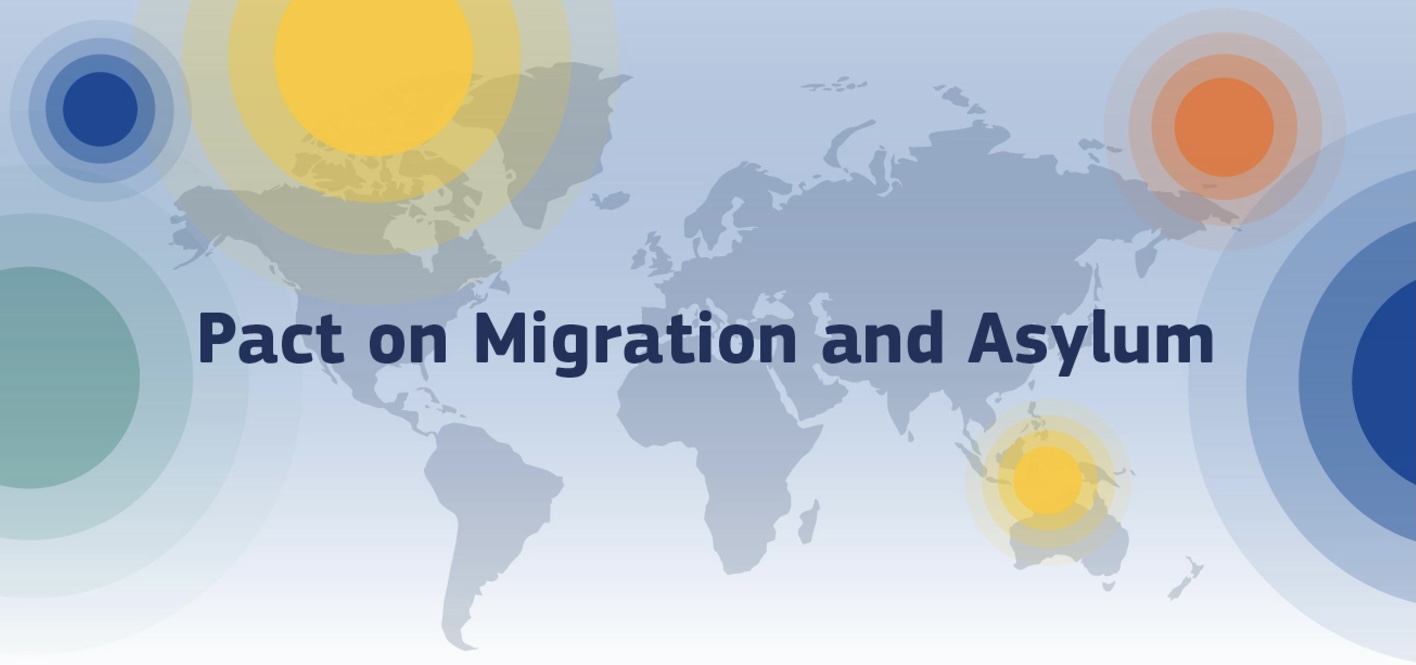Monitoring early school leavers in Europe: EU targets and prospects
Early school leaving in the European Union represents an obstacle to both economic and employment growth. A high rate of early school leavers can represent a symptom of other socio-economic problems and create a barrier for young people that want to enter the labor market. This is why this trend needs to be constantly monitored, despite the fact that some benchmarks were reached in 2020.
When we talk about achieved targets, we refer in particular to the strategic framework for European Cooperation in Education and Training (knows as ET2020). “The fixed parameter within which early school leaving should not exceed 10%.”
With 9,9% we have reached this target in 2020.
However, despite the efforts of the European Union this is still a difficult goal to achieve in the short term for both the EU born and Non-EU born.
In fact, if the integration of non-native people who are part of the EU it is difficult to integrate both in terms of schooling and culture, for Non-EU citizens the path is even more arduous and the targets achieved do not seem to reflect the reality.
Even those goals that have been set for the long term are still difficult to implement if immediate action is not taken with practical strategies that effectively work.

The highest rate of early school leaving
In the 2010-2020 decade, Spain led the way and took first placed for the highest dropout rate of students aged 18-24.
Although there has been a marked improvement with the latter dropping from 28,2% in 2010 to 16% in 2020, the dropout rate is still far from the 10% target required by the European Union.
This is to be followed by Romania with a rate of 15,6% and Italy with 13,1%. There is still a lot of work to be done in order to reach the set percentage and keep it as stable as possible, but in all these three countries the percentage is continuously decreasing.

A complex scenario
In order to maintain the progresses made in terms of early school leavers, different problems need to be addressed.
In 2020 data show how the problem of school leavers affects more students from suburban and rural areas. The reality of young people in cities seems to have more prospects in EU Countries than others, making it easier for them to enter the labor market.
Monitoring also showed problems of integration, with students from a migrant background that are more subject to becoming school leavers. Data regarding Germany show that with a total percentage of 10,1 early school leavers in 2020, 7,8% are Native born students, while 26,0% is the share of non-EU born students.
In order to develop this positive trend started in the decade 2010-2020 in eradicating early school leaving, we should look at the problem in its complexity.
The European strategy
The European union has always recognized that combating early school leaving is a priority target. Education is a long-term investment that also promotes the increase of European competitiveness and innovation in a global context. This is why monitoring tools are fundamental to reach strategic targets. Also, indicators like public expenditure on education is important to investigate EU members approaches to the problem. Together with economic factors also elements of social integration and investments in human capital play a role in the battle against early school leavers.
Sources:
Statistics explained – early leavers from education and training:
https://ec.europa.eu/eurostat/statistics-explained/index.php?title=Early_leavers_from_education_and_training
European Commission – Education and training monitor:
https://op.europa.eu/webpub/eac/education-and-training-monitor-2021/en/index.html




